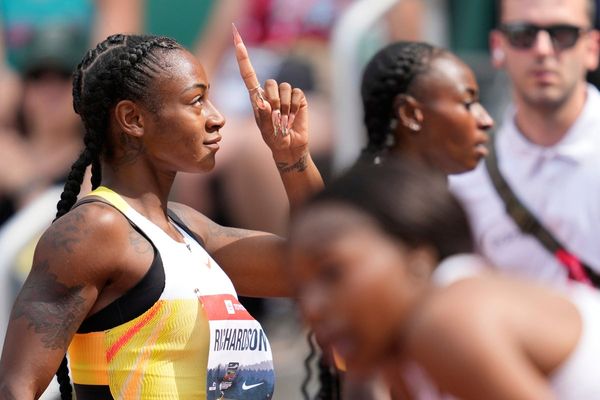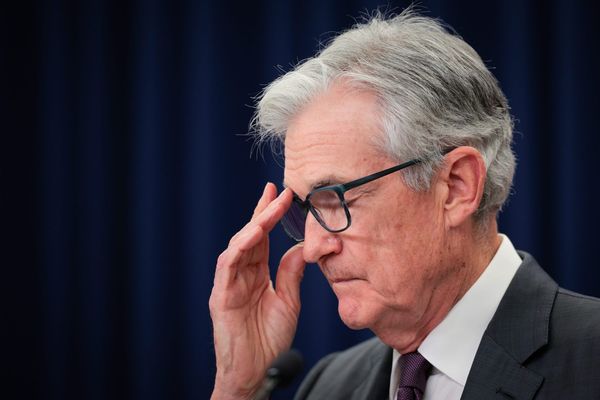
Last week my very fashionable friend turned up to a party with a dark spray of freckles across her nose, paired with thick eyeliner wings and vibrant eyeshadow in a heavy yellow pigment. Staring at her bemused, I realised, for the first time in my community of people of colour, freckles had become an accessory. My friend is not naturally freckled. She had painted each one on delicately with the precision of a master makeup artist, using the tip of a brown liquid eyeliner.
I should have seen it coming. For at least three years, fashion magazines have been lauding freckles. In 2014, the Guardian itself asked if they were “the new fake tan” and gave tips on how to perfect a fake spray. But now for the black community, the visibility of freckles seems at an all time high. And yes, black people can definitely have freckles.


Sade could perhaps be credited with being the first famous black woman to popularise freckles. Since then, Zoë Kravitz, Tyra Banks, Alicia Keys and R&B singer-songwriter SZA have bared their sun-spotted faces.
But it’s model Adwoa Aboah, who smashed her way into international consciousness with her soul-searching confessions about mental health and the founding of her platform Gurls Talk, who seems to have enthralled the fashion industry. A recent i-D magazine cover shot by Tim Walker, shows her flanked by fellow freckled model Elliott Brown, their skin accentuated by colourful hairstyles.
Over the years, the popularity of freckles across all skin colours has waxed and waned, just as the pigmentation itself does in and out of sunlight. Hundreds of years ago they were negatively associated with witches. “Warts, freckles and birthmarks were considered certain tokens of amorous relations with Satan,” wrote the historian Walter Nigg.
All the way up until the early 20th century freckles were seen as unsightly, but by 1967 Vogue was touting “freckles faked up on a face”. An internal memo from legendary Vogue editor Diana Vreeland in the same year bemoaned the fact that no one on her staff “has taken the slightest interest in freckles on the models”.
The relationship that black women have had with their freckles has always been complicated by the fact we have been held to unachievable, Eurocentric beauty standards. As controversy around a recent Nivea skin lightening advert showed – targeted at women in Africa, where skin lightening and bleaching is common – there is already a racist narrative around skin complexions. To then celebrate freckles – a literal display of uneven melanin on already darker skin – is a huge step forward.

As Natasha Culzac wrote in a 2015 Vice story documenting the UK’s black and mixed race people with ginger hair: “At 13 years old I was buying skin whitening cream from Boots to pulverise the freckles… Now, though, I couldn’t care less and relish being unique.”
It does have to be acknowledged that most black people with freckles are light-skinned, and/or mixed race. According to research, red hair and freckles among the black population is the likely result of mixed ancestry from Europeans and Africans during the formation of the Caribbean populations and colonialism in Africa.
When it comes to features associated with lighter-skinned women of colour, there is a fine line between appreciation and fetishisation. People should be wary of lauding the inheritance of traits more classically associated with white people. Similar conversations have been had around black people with green and blue eyes and loosely curled hair.
From another perspective, there is evidence that not all of the freckles genes are unique to white populations. And because black people are less well represented in the media, it’s unsurprising that there has been a sudden interest in black people with already unusual traits, such as freckles. People with freckles only make up a small percentage of the population, and black people with the feature are a minority within a minority.

As highlighted by organisations such as Black in the Day, whose archive of photography showing black British life is attempting to compensate for the fact that black people are often only shown in a negative light, blackness “isn’t this one monolithic experience, but people would have you thinking otherwise”. It would be disingenuous not to celebrate the diversity of our appearances.
It has been uplifting to see more and more black women with freckles celebrating their “broken MCR1 genes”. “To this day, my pet peeve is when my skin tone is changed and my freckles are airbrushed out of a photoshoot,” said Suits actress Meghan Markle recently in an interview with the American beauty magazine, Allure . “For all my freckle-faced friends out there, I will share with you something my dad told me when I was younger: ‘A face without freckles is a night without stars.’ ”







